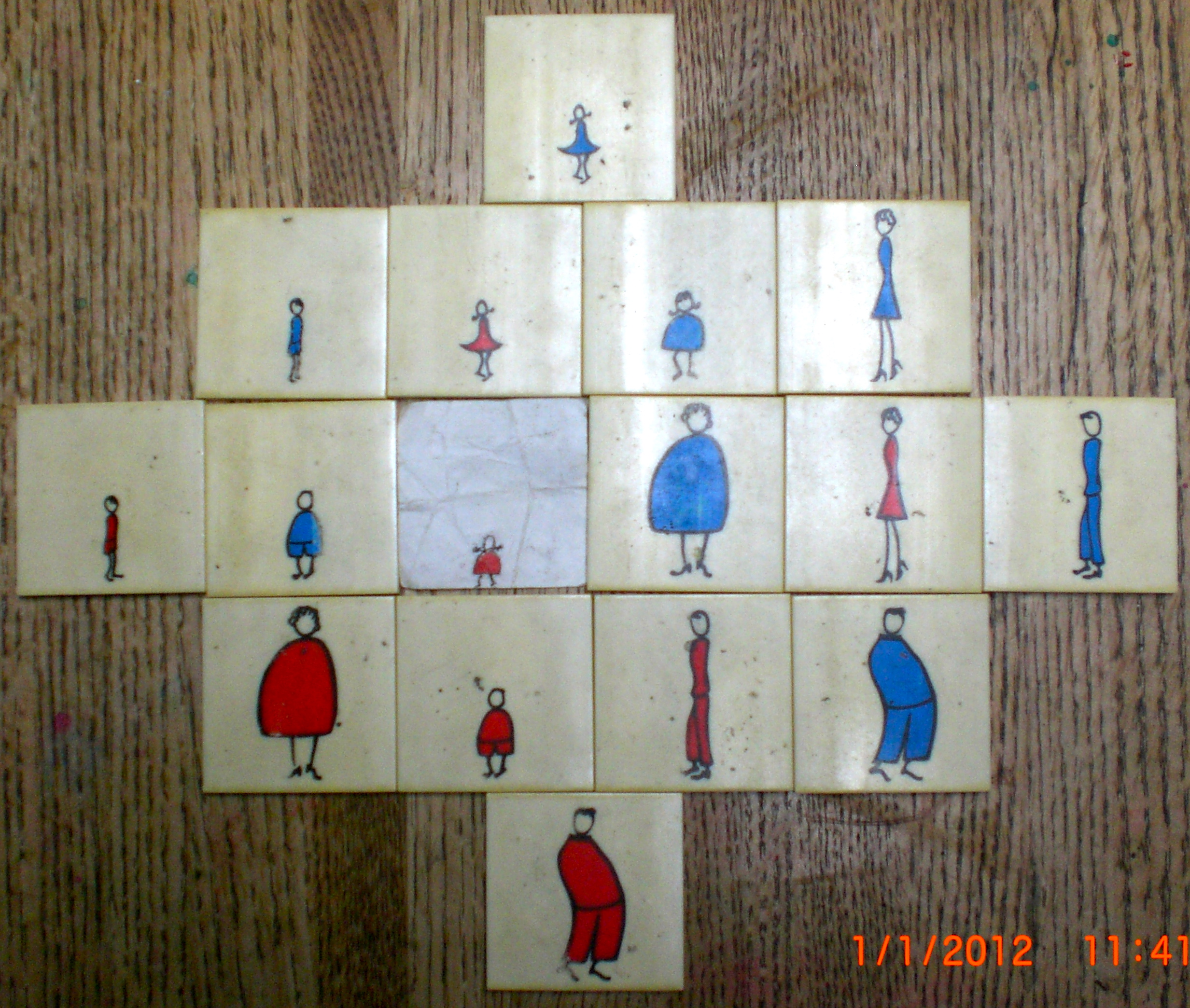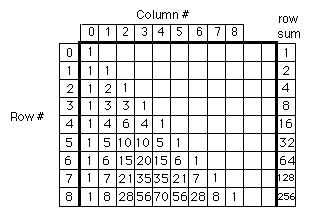Sarah W, age 6, comes from CA to work with Don for 5 days- Day 5

Day 5: Sunday 3 July 2011
1. We started working on the growth of the Nautilus shell. But Sarah didn't know about ratios. We talked about comparing our ages, if Don was 80 and if Sarah was 8. Sarah would be 72 years younger than Don or Don would be 72 years older than Sarah-- comparing by subtraction. OR we could compare our ages by division or ratio; so Don is 80/8 or 10 times as old at Sarah, or Sarah is 8/80 or 1/10 as old as Don.
2. Using the volume relationship pieces at the sink, Sarah found that 3 cones filled the
cylinder and 3 pyramids filled the cube.

1 3 3 1 8
1 4 6 4 1 16
Don failed to scan Sarah’s last page, but she continued until we ended with something like this

-
4.To end the day, and her 5 sessions, we made a video which Sarah named and is the star, called “It’s Raining Cookies”
Thanks to Becky, former student of Don’s 30 years ago, for bringing her delightful daughter Sarah, to work with him during the Summer of 2011!!!
-
3.Using "People Pieces" Sarah found the first 5 rows of Pascal's triangle, then finding PATTERNS in the numbers she was able to predict the next 3 rows!
Don started by having Sarah sort the people (16 pieces) into two
groups, with the same number in each: she found they differ by
color- 8 red, 8 blue; by height- 8 tall, 8 short; by gender- 8
girls, 8 boys; and by body thickness- 8 thin, 8 heavy.

